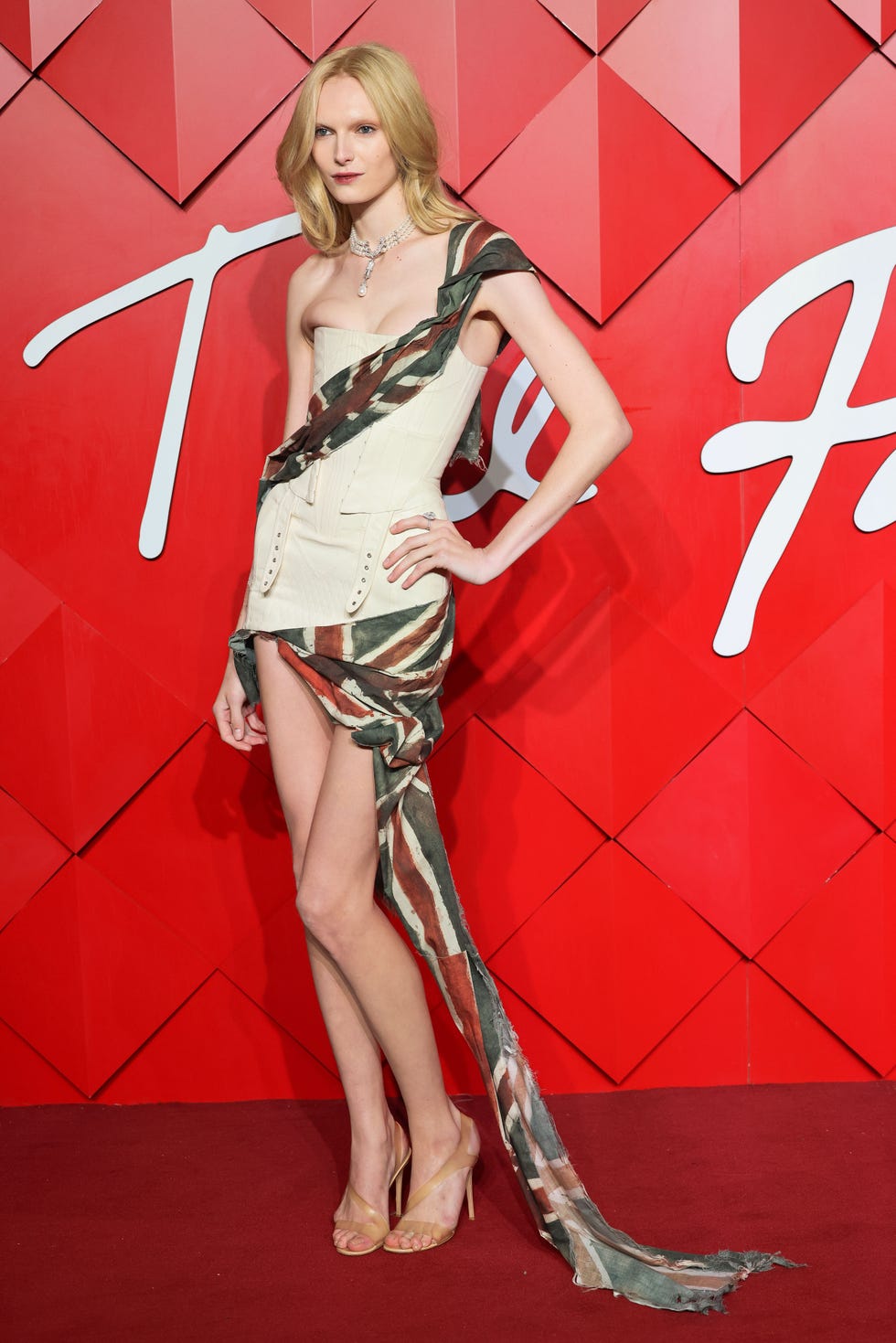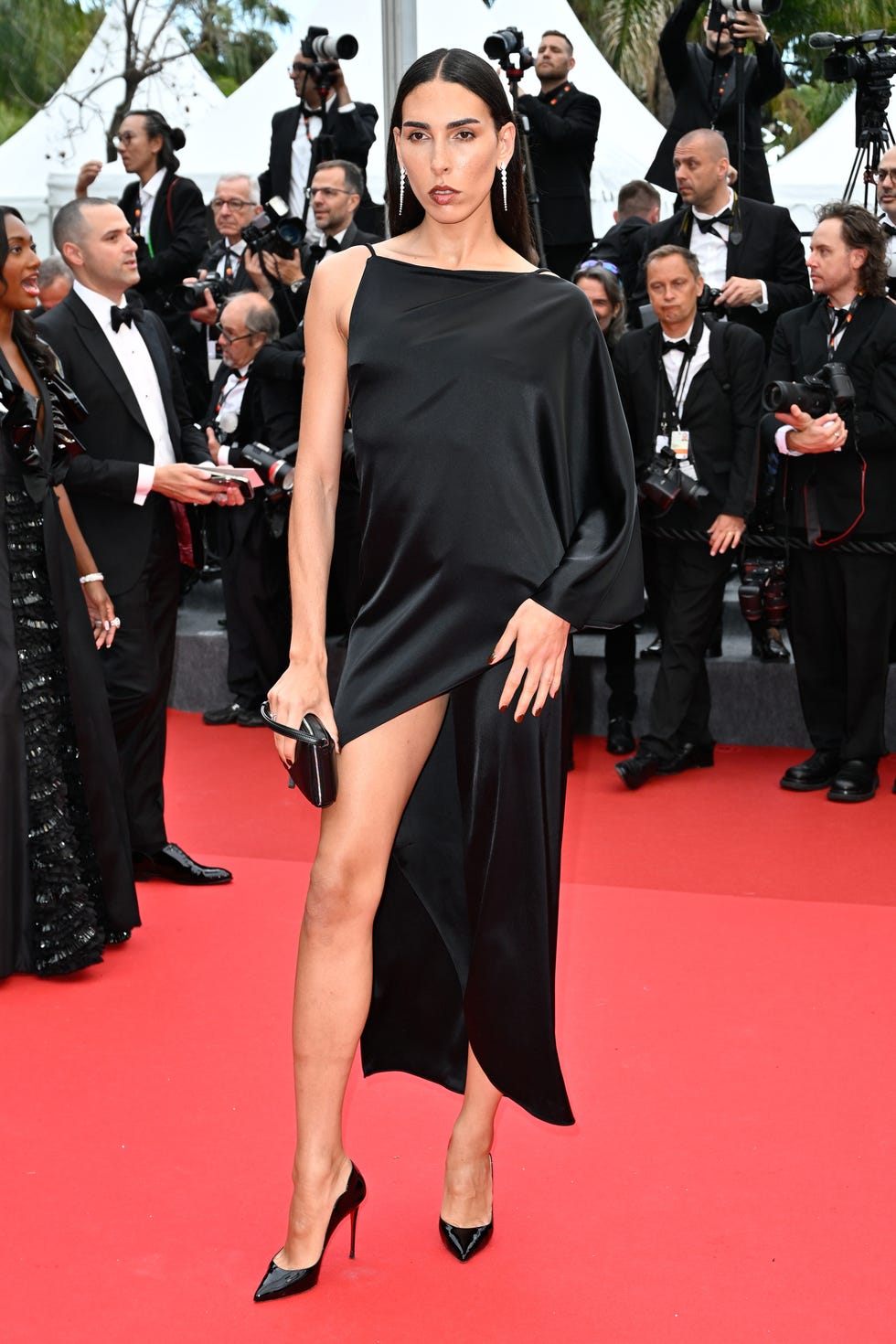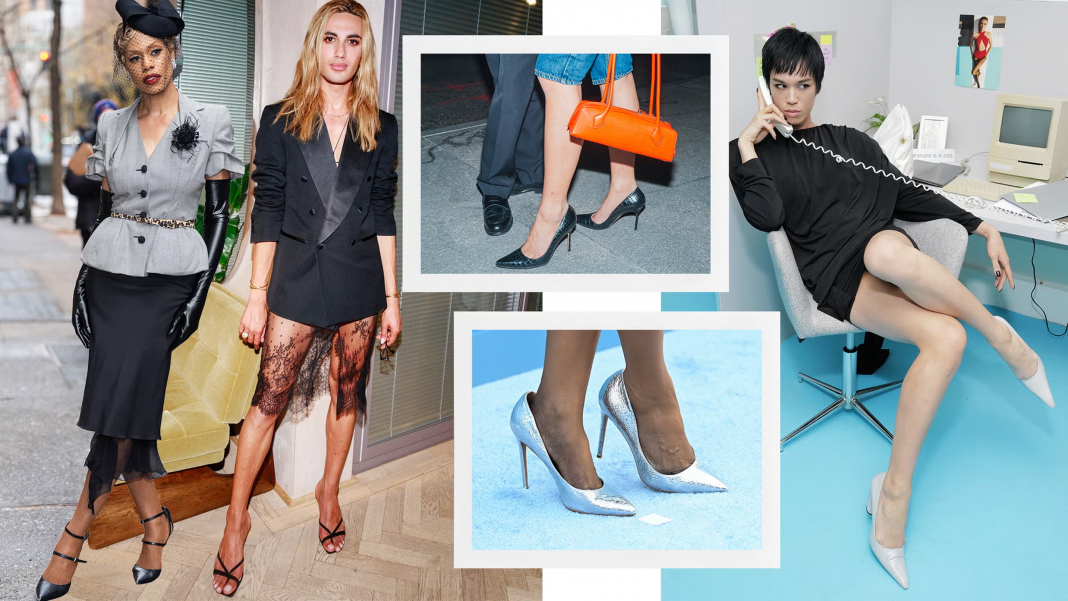For many women, the joy of slipping into a perfect pair of high heels is a familiar thrill. But for those of us with larger feet—size 12 and beyond—the dream of stylish, well-fitting shoes often feels out of reach. Despite strides in inclusivity across fashion, shoe sizes remain stubbornly limited, leaving countless women sidelined from the very footwear that completes their look and expresses their identity. This isn’t just about vanity or style; for many, especially trans and gender-nonconforming people, shoes carry the weight of affirmation and confidence. Yet, the industry still neglects this crucial piece of the puzzle. So when, exactly, will designers start making shoes for bigger feet?
The struggle of size 12s and beyond
Many who don’t fit Cinderella’s glass slipper know the ache of watching beautiful shoes from afar. Some resort to desperate measures—plastic bags to coax their feet inside, gels to numb the pinch, or gritting their teeth through painful wear. The indignity of peeling off too-tight heels in a rideshare after a long night is a rite of passage for many, but it shouldn’t be.

I speak from experience. Standing over six feet tall and sporting a European size 44 (US 11-12), I’ve learned to navigate fashion’s limits with creativity and stubbornness. I can tailor a dress here, balance broader shoulders with a halter-neck there, but no amount of styling can bend shoes to my feet when brands cut off at size 41. My yearning often leaves me pressed against boutique windows like a Victorian matchstick girl, staring at the perfect pair of Saint Laurent slingbacks that simply won’t accommodate me.
This is not just a personal frustration—it’s a glaring industry oversight. Despite more inclusive runways and diverse campaigns, shoe sizes remain largely exclusive. The fashion world regularly disappoints those who fall outside its narrow norms—whether by body size, race, hair texture, or gender expression. Footwear, however, remains one of the last frontiers still largely uncharted in inclusivity.
Making it work: Ingenuity and compromise
While the landscape is limited, a few brands do stretch their sizing. Jimmy Choo, for example, occasionally goes up to a size 43, and I’ve managed to stretch those shoes with the help of a trusted cobbler. My current rotation includes 42-size Jimmy Choo sandals, 43-size Celine cowboy boots, and even 44-size leopard ponyskin flats from Anderson & Sheppard—proof that menswear feminization can be a blessing for those with larger feet.
Still, these options are scarce. Many trans women, like red carpet icon Laverne Cox, opt for custom shoes or niche brands like OnlyMaker, which offer larger sizes but lack the quality and heritage of luxury houses. Often, brands that cater to bigger sizes come from queer or fetish communities, offering styles heavy on platforms and patent leather rather than everyday elegance. The fantasy of unboxing finely crafted Italian shoes remains just that—a fantasy for many.

Heels can be paradoxical for trans women: transformative and affirming, yet heightening visibility in a world where visibility can be dangerous. The stakes feel higher, making the right fit not just a matter of style, but of identity and safety.
Signs of change on the horizon
Encouragingly, some designers and brands are listening. Abraham Ortūno Perez’s Abra, GCDS, Stefano Pilati’s Random Identities, Maison Ernest, Courrèges, and Jimmy Choo are among the few pushing sizing beyond the traditional limits. Model Raya Martigny notes that progress often comes when designers spend time with queer and trans communities and truly listen to their needs.
Still, many manufacturing hubs remain conservative—Italy, home to many luxury shoe factories, hesitates to produce larger sizes due to assumptions about the market. Even runway models with bigger feet find it difficult to access the right sizes, pushing buyers toward resale markets or demanding expert cobblers to alter existing styles.
Personal style within the trans community varies widely. While some, like myself, adore towering stilettos for everything from commuting to events, others seek simpler, more understated shoes that fit comfortably into everyday life. Photographer and stylist Ava van Osdol is developing a line precisely to address this gap, aiming for sensible heels that exude femininity without resorting to overtly fetishistic designs. Van Osdol’s advice to those with larger feet? Custom shoes are an option, but they come at a premium, a “tax” for needing something outside the standard. She also recommends platforms like Etsy for finding more diverse sizing options, though quality can vary.

The power of the right shoe
Stylist Dara Allen emphasizes how footwear goes beyond aesthetics: “It makes me feel nothing can stop me… it’s the way I dream about looking.” For many trans people, the right shoe is a statement of existence, a shield, and a source of empowerment. When shoes don’t fit, the message is clear and damaging: change your body to fit the product, not the product to fit you.
Fashion at its best is self-expression. The perfect shoe—whether it’s a classic Manolo, a chic loafer, or an edgy boot—completes an outfit and completes the story we want to tell. For trans people, this is more than style. It can be survival.
A call to designers
The industry has come far in many ways, but footwear lags behind. Designers, it’s time to expand the narrative and your size range. Inclusive sizing isn’t just good ethics; it’s good business and a chance to be truly innovative. As Dara Allen puts it: “Why shouldn’t this thing, which is fully man-made, be changed to fit us, instead of the other way around? It can make such a difference to people because it eases and quietens such anxiety and allows you to just live the other parts of your life that are more important.”
Until then, those of us with bigger feet will keep finding ways to make our shoes fit—because when you love your shoes, you always find a way.



